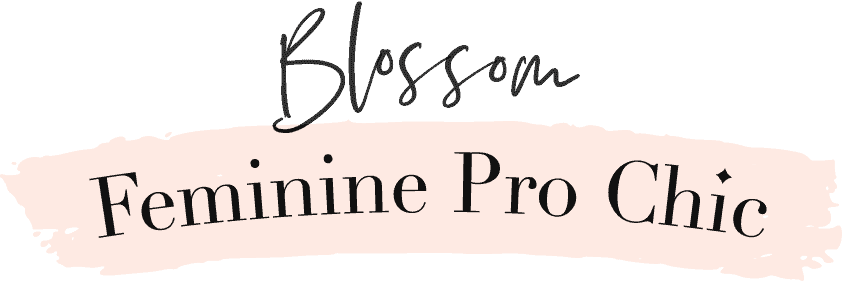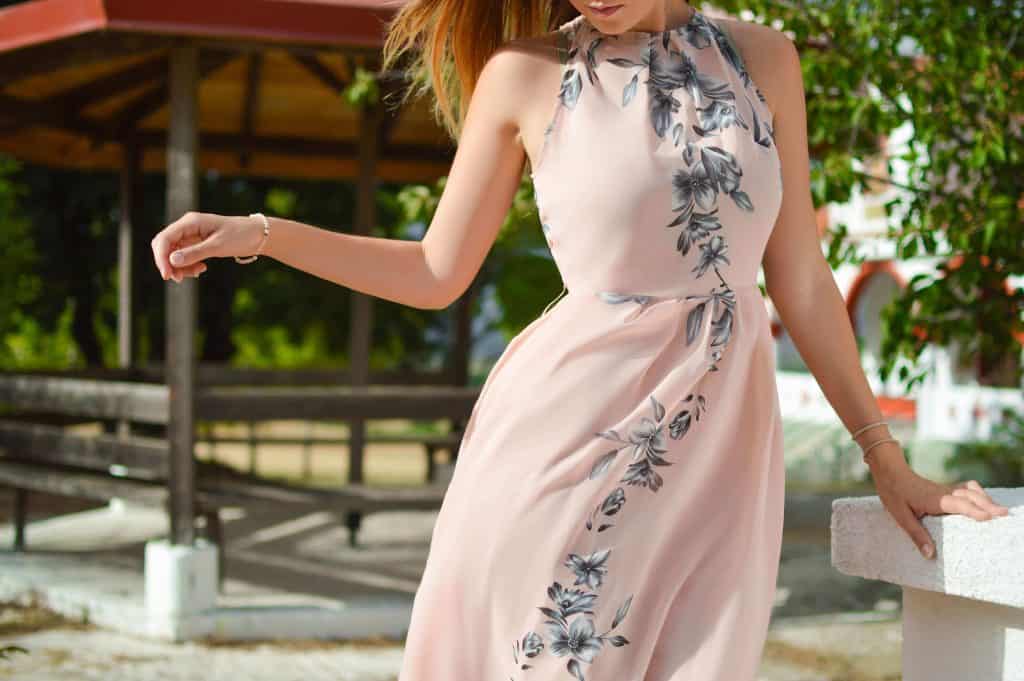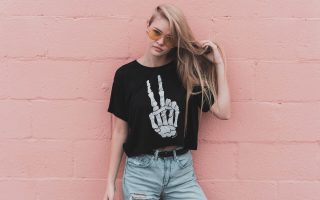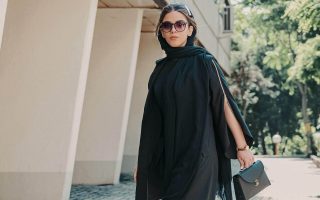Fashion is a popular aesthetic expression at a particular time, place, and in a specific context, especially in clothing, footwear, lifestyle, accessories, makeup, hairstyle, and body proportions. Whereas a trend often connotes a peculiar aesthetic expression and often lasting shorter than a season, fashion is a distinctive and industry-supported expression traditionally tied to the fashion season and collections. Style is an expression that lasts over many seasons and is often connected to cultural movements and social markers, symbols, class, and culture (ex. Baroque, Rococo, etc.). According to sociologist Pierre Bourdieu, fashion connotes “the latest fashion, the latest difference.”

Even though they are often used together, the term fashion differs from clothes and costumes, where the first describes the material and technical garment, whereas the second has been relegated to special senses like fancy-dress or masquerade wear. Fashion instead describes the social and temporal system that “activates” dress as a social signifier in a certain time and context. Philosopher Giorgio Agamben connects fashion to the current intensity of the qualitative moment, to the temporal aspect the Greek called kairos, whereas clothes belong to the quantitative, to what the Greek called Chronos.
Early Western travelers, traveling to India, Persia, Turkey, or China, would frequently remark on the absence of change in fashion in those countries. The Japanese shōgun’s secretary bragged (not completely accurately) to a Spanish visitor in 1609 that Japanese clothing had not changed in over a thousand years. However, there is considerable evidence in Ming China of rapidly changing fashions in Chinese clothing. Changes in costume often took place at times of economic or social change, as occurred in ancient Rome and the medieval Caliphate, followed by a long period without significant changes. In 8th-century Moorish Spain, the musician Ziryab introduced to Córdoba [unreliable source] sophisticated clothing-styles based on seasonal and daily fashions from his native Baghdad, modified by his inspiration. Similar changes in fashion occurred in the 11th century in the Middle East following the arrival of the Turks, who introduced clothing styles from Central Asia and the Far East.
Invest in Yourself
Additionally, there is a long history of fashion in West Africa. The Cloth was used as a form of currency in trade with the Portuguese and Dutch as early as the 16th Century. Locally produced cloth and cheaper European imports were assembled into new styles to accommodate the growing elite class of West Africans and resident gold and slave traders. There was an exceptionally strong tradition of cloth-weaving in Oyo and the areas inhabited by the Igbo people.
The beginning in Europe of continual and increasingly rapid change in clothing styles can be fairly reliably dated. Historians, including James Laver and Fernand Braudel, date the start of Western fashion in clothing to the middle of the 14th century, though they tend to rely heavily on contemporary imagery and illuminated manuscripts were not common before the fourteenth century. The most dramatic early change in fashion was a sudden drastic shortening and tightening of the male over-garment from calf-length to barely covering the buttocks, sometimes accompanied with stuffing in the chest to make it look bigger. This created the distinctive Western outline of a tailored top worn over leggings or trousers.
Fashion blogging is also now regarded as worthy of mainstream media coverage. The reference list below shows the very high caliber of media publications that have written about fashion blogs. These publications include the Wall Street Journal, The New York Times, Fast Company, and the Sydney Morning Herald.

“Fashion is part of the daily air and it changes all the time, with all the events. You can even see the approaching of a revolution in clothes. You can see and feel everything in clothes.” —Diana Vreeland
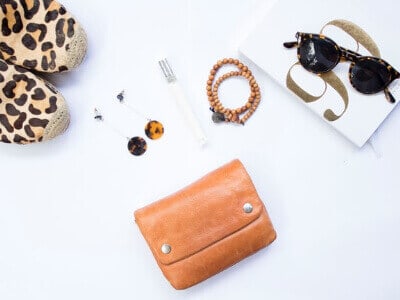 In the early 17th century male hairstyles grew longer, with waves or curls being considered desirable. In the latter half. Hairstyles are markers and signifiers of social class, age, marital status, racial identification, political beliefs, and attitudes about gender. In many cultures, often for religious reasons, women’s hair is covered while in public, and in some, such as Haredi Judaism or European Orthodox communities, women’s hair is shaved or cut very short, and covered with wigs. Only since the end of World War, I have women begun to wear their hair short and in fairly natural styles. In both the 1960s and 1970s many men and women wore their hair very long.
In the early 17th century male hairstyles grew longer, with waves or curls being considered desirable. In the latter half. Hairstyles are markers and signifiers of social class, age, marital status, racial identification, political beliefs, and attitudes about gender. In many cultures, often for religious reasons, women’s hair is covered while in public, and in some, such as Haredi Judaism or European Orthodox communities, women’s hair is shaved or cut very short, and covered with wigs. Only since the end of World War, I have women begun to wear their hair short and in fairly natural styles. In both the 1960s and 1970s many men and women wore their hair very long.
Fashion is a popular style or practice, especially in clothing, footwear, accessories, makeup, hairstyle, and body. Fashion is a distinctive and often constant trend in the style in which a person dresses. It is the prevailing styles in behavior and the newest creations of textile designers. Because the more technical term costume is regularly linked to the term “fashion”, the use of the former has been relegated to special senses like fancy dress or masquerade wear, while “fashion” generally means clothing, including the study of it. Although aspects of fashion can be feminine or masculine, some trends are androgynous.
Style Guide
In Imperial Rome, women wore their hair in complicated styles. From the time of the Roman Empire until the Middle Ages, most women grew their hair as long as it would naturally grow.
 Hairstyles are markers and signifiers of social class, age, marital status, racial identification, political beliefs, and attitudes about gender. In many cultures, often for religious reasons, women’s hair is covered while in public, and in some, such as Haredi Judaism or European Orthodox communities, women’s hair is shaved or cut very short, and covered with wigs. Only since the end of World War, I have women begun to wear their hair short and in fairly natural styles. In both the 1960s and 1970s many men and women wore their hair very long and straight. In the 1980s. Hairstyles are markers and signifiers of social class, age, marital status, racial identification, political beliefs, and attitudes about gender.
Hairstyles are markers and signifiers of social class, age, marital status, racial identification, political beliefs, and attitudes about gender. In many cultures, often for religious reasons, women’s hair is covered while in public, and in some, such as Haredi Judaism or European Orthodox communities, women’s hair is shaved or cut very short, and covered with wigs. Only since the end of World War, I have women begun to wear their hair short and in fairly natural styles. In both the 1960s and 1970s many men and women wore their hair very long and straight. In the 1980s. Hairstyles are markers and signifiers of social class, age, marital status, racial identification, political beliefs, and attitudes about gender.
In many cultures, often for religious reasons, women’s hair is covered while in public, and in some, such as Haredi Judaism or European Orthodox communities. Women’s hair is shaved or cut very short, and covered with wigs. Only since the end of World War, I have women begun to wear their hair short and in fairly natural styles. In both the 1960s and 1970s many men and women wore their hair very long.
In many cultures, often for religious reasons, women’s hair is covered while in public, and in some, such as Haredi Judaism or European Orthodox communities. Women’s hair is shaved or cut very short, and covered with wigs. Only since the end of World War, I have women begun to wear their hair short and in fairly natural styles. In both the 1960s and 1970s many men and women wore their hair very long.
The greatest gift of life is love and I have received it.
Fashion is a popular style or practice, especially in clothing, footwear, accessories, makeup, hairstyle, and body. Fashion is a distinctive and often constant trend in the style in which a person dresses. It is the prevailing styles in behavior and the newest creations of textile designers. Because the more technical term costume is regularly linked to the term “fashion”, the use of the former has been relegated to special senses like fancy dress or masquerade wear, while “fashion” generally means clothing, including the study of it. Although aspects of fashion can be feminine or masculine, some trends are androgynous.
The greatest gift of life is love and I have received it.
Fashion is a popular style or practice, especially in clothing, footwear, accessories, makeup, hairstyle, and body. Fashion is a distinctive and often constant trend in the style in which a person dresses. It is the prevailing styles in behavior and the newest creations of textile designers. Because the more technical term costume is regularly linked to the term “fashion”, the use of the former has been relegated to special senses like fancy dress or masquerade wear, while “fashion” generally means clothing, including the study of it. Although aspects of fashion can be feminine or masculine, some trends are androgynous.
H1: Why We Love Fashion (And You Should, Too!)
The notion of global fashion industry is a product of the modern age. Prior to the mid-19th century, most clothing was custom-made. It was handmade for individuals, either as home production or on order from dressmakers and tailors. By the beginning of the 20th century—with the rise of new technologies such as the sewing machine.
H2: Fashion makes me more productive
Although the fashion industry developed first in Europe and America, as of 2015, it is an international and highly globalized industry, with clothing often designed in one country, manufactured in another, and sold worldwide. For example, an American fashion company might source fabric in China and have the clothes manufactured in Vietnam, finished in Italy.
H4: Fashion expands my cultural bubble
Shipped to a warehouse in the United States for distribution to retail outlets internationally. The fashion industry has long been one of the largest employers in the United States, and it remains so in the 21st century. However, U.S. employment declined considerably as production increasingly moved overseas, especially to China.
H5: Fashion Therapy is not the same as vacation
Because data on the fashion industry typically are reported for national economies and expressed in terms of the industry’s many separate sectors, aggregate figures for world production of textiles and clothing are difficult to obtain. However, by any measure, the clothing industry accounts for a significant share of world economic output. The fashion industry consists of four levels.
H6: I became a nomad by accident
These levels consist of many separate but interdependent sectors. These sectors are Textile Design and Production, Fashion Design and Manufacturing, Fashion Retailing, Marketing and Merchandising, Fashion Shows, and Media and Marketing. Each sector is devoted to the goal of satisfying consumer demand for apparel under conditions that enable participants in the industry to operate at a profit.
Heading H1
Heading H2
Heading H3
Heading H4
Heading H5
Heading H6

Japanese street fashion has made international news quite a bit this year, but not always for good reasons. From CNN and I-D Magazine to a much-shared Quartz article to various unsourced blog posts, the English-speaking internet has been gleeful in declaring Harajuku “dead”. It’s a cliche at this point to dismiss stories as “Fake News”, but modern media feeds on shocking and upsetting headlines to get more clicks. “Harajuku is Dead!” sells far better than the more accurate “Harajuku is Changing”.
“I think there is beauty in everything. What ‘normal’ people perceive as ugly, I can usually see something of beauty in it.”—Alexander McQueen
For bonus 1960s-inspired Japanese fashion, check these two groovy boutiques:
- But I must explain to you how all this mistaken idea of denouncing pleasure and praising pain was born.
- I will give you a complete account of the system and expound.
- How all this mistaken idea of denouncing pleasure and praising pain.
- I will give you a complete account of the system and expound.
Fashion you can buy, but style you possess. The key to style is learning who you are, which takes years. There’s no how-to road map to style. It’s about self-expression and, above all, attitude.
- But I must explain to you how all this mistaken idea of denouncing pleasure and praising pain was born.
- I will give you a complete account of the system and expound.
- How all this mistaken idea of denouncing pleasure and praising pain.
- I will give you a complete account of the system and expound.

I don’t design clothes. I design dreams. 
Fashions fade, style is eternal. 
Elegance is elimination. 
Trendy is the last stage before tacky.
The fashion industry has long been one of the largest employers in the United States, and it remains so in the 21st century. However, U.S. employment declined considerably as production increasingly moved overseas, especially to China.

These levels consist of many separate but interdependent sectors. These sectors are Textile Design and Production, Fashion Design and Manufacturing, Fashion Retailing, Marketing and Merchandising, Fashion Shows, and Media and Marketing. Each sector is devoted to the goal of satisfying consumer demand for apparel under conditions that enable participants in the industry to operate at a profit.
| Name | Position | Office |
|---|---|---|
| Erica Romaguera | Coach | Audi |
| Caleigh Jerde | Lawyer | Pizza Hut |
| Lucas Schultz | Librarian | Burberry |
| Carole Marvin | Massage Therapist | Division 4 |
